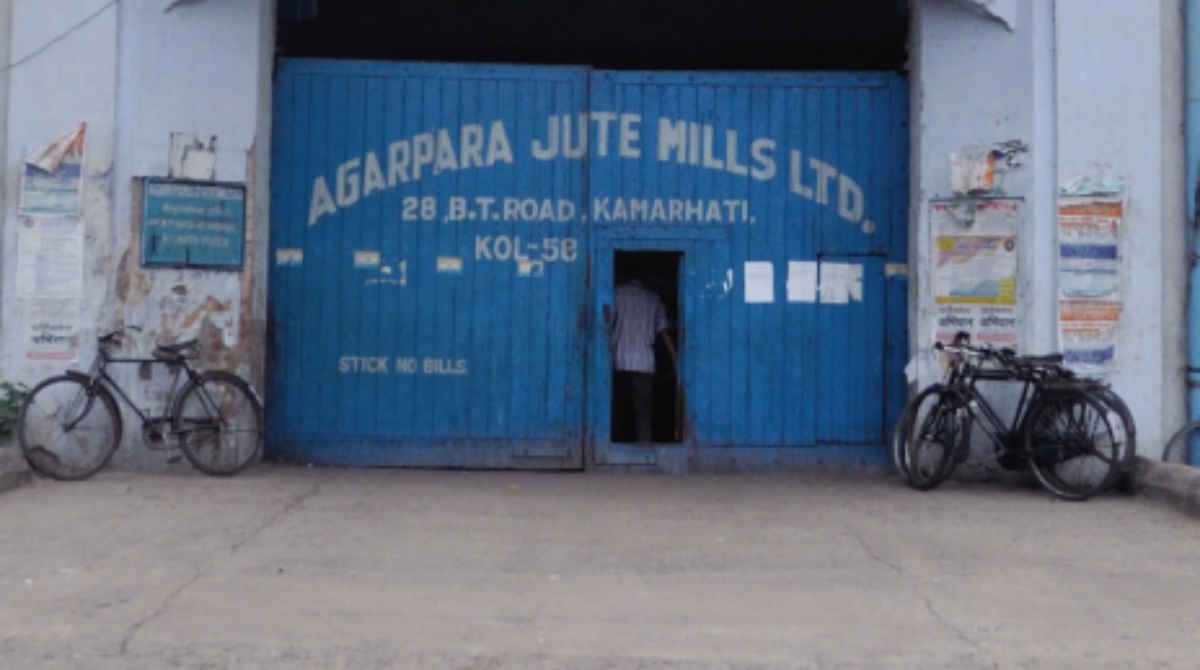Scholars have probed not only the psychological influence on economic behaviour but also psycho-physiological effects. There does not appear to have been any attempt to explain why a particular person or the overwhelming majority of his/her community choose to pursue a particular vocation.
Take today’s Kolkata and the Calcutta of yesteryears which offered identical economic opportunities to everyone who came to the three villages of Kolikata, Sutanati and Gobindapur as they grew over three centuries into a metropolis. It is incredible how most of the major professions were pursued by specific communities. To start with recent decades, soon after Independence, the British owners began disinvesting in their companies.
Advertisement
This was partly due to their apprehensions about Nehruvian socialism and partly due to some violent incidents perpetrated by trade unions in the urban areas. One gory example was when two British officers were thrown into the furnace at the Jessop & Co factory outside Calcutta. A possible third reason for disinvestment could have been feared obsolescence of technology after the innovations, seen as a result of the World War.
Whatever be the British motives, most of the disinvestments were attractive commercial propositions for buyers. Nearly all of them were bought over by entrepreneurs who had migrated from Rajasthan and not a single son of Bengal. The zamindaris had just been abolished and many a wealthy young man should have been on the lookout for an alternative occupation.
This was important not only for the young men but also for business and industry in West Bengal. Some local ownership would make the enterprises appear to be ‘ours’ and not ‘yours’. The feeling of ‘ours’ makes the trade unions view the industry more sympathetically. Not to say that people of the state at large would welcome everyone’s participation. Why such a cut-and-dry, black-andwhite picture only the psychology of economics could explain.
The expert’s snap answer may be that the indigenous people of Bengal had not been used to taking business risks. But risks the people have taken and do take. A father with a limited fund often did not hesitate to risk half of it on his son going to England to become a barrister or a FRCS or MRCP or chartered accountant.
The boy could come back and his practice might not take off. Is that not risk taking? There had to be some other reason to avoid business. Like a landlord might consider business an inferior vocation? An equally interesting phenomenon was that there were reputedly over a hundred thousand people originally from Gujarat residing in Calcutta. Many of them were traders, others were colliery owners and the rest professionals or in private sector jobs. Some traders were wealthy as were many of the colliers.
Yet not one of these wealthy entrepreneurs ventured to touch the British bargains. Why? Should not economists explain? Incidentally, members of hardly any other community except the Rajasthanis came forward to take advantage of the opportunity. Avoidance of business and industry could be attributed to the fertility of the Bengal soil superimposed by the zamindari system which enabled some of the landowners to have leisure.
The time and energy this spared helped to facilitate the Renaissance which in turn could justify the claim ‘what Bengal thinks today, India thinks tomorrow’. It should not be overlooked that West Bengal was the leading industrial province on the morrow of Independence. The only snag was that most of the industrialists until then were more British. As they began preparing for their departure, the industrial decline started. Unfortunately, the fall was more precipitate than for a state’s industrial economy to take a breath and recover. All in all, West Bengal has had to pay a heavy price for many of its people avoiding business and industry.
Trade unions also played their role in bringing down the economy despite being almost invariably honest. Paradoxically their honesty brought greater problems than they might have otherwise. The leaders knew their science, art and craft like the backs of their palms. They argued rationally, if not always reasonably. Most of the industrialists could not cope with the unions and unfortunately did not study their side of the art and craft of industrial relations. They did not give the subject the importance it deserved. The result was quite often agitation, strikes, lockouts, unrealistic wages and eventual sickness of many an industrial unit.
The biggest of companies seldom had a Director who was familiar with industrial relations and left the portfolio to be handled by their labour officers. Incidentally, Human Resources exports dealt with executives and not workers. It is for economists to borrow from the discipline of psychology to diagnose the causes of this multi-sided failure at the cost of nearly a hundred million people of the state. The enigma does not cease at Kolkata. It extends to Mumbai which was also a city founded by the British. King Charles II of England received the group of islands on the Konkan coast as part of a dowry when he married Princess Catherine of Braganza, Portugal in 1662. What grew into a town and then a city was called Bombay which, initially because of being a natural harbour, offered enormous opportunities to whoever wanted to do business and eventually also develop industries.
The Parsis came from south Gujarat; the Tatas transferred their ship-building skill and experience to Bombay. They flourished as did differently the Wadias, the Petits and the Jamsetji Jehangir family. Plus several other Parsis made themselves into big business houses. Gujarati banias also followed more with their acumen in trading, money lending, broking in commodities etc, rather than manufacture. They made good money, were successful in their respective spheres and gradually became the beams and pillars of Bombay city.
The Parsi big houses were much larger than the bania, firms but the latter were incomparably more numerous. They followed the Parsis into establishing textile mills as well as other manufactures. Hoteliering was not a part of their aptitude mainly because of their vegetarian inhibitions. However, they were generous with charities, building hospitals and starting schools and colleges. Then there were the Memons, Khojas and the Bohras who displayed their talent in money and business. The Muslim contribution to the making of Bollywood was enormous. Another community which was prominent in the making of Bombay was the Goan.
Be it football or hockey, the migrants from Goa, were stars. Cricket was not neglected and Anthony de Mello went on to head the Cricket Control Board for years. For long years, the Goans led the catering services of Bombay. Chira Bazar was the mini-Goa of Bombay. The number of Mumbaikars naturally belonged to the Marathi-speaking people. The upper classes took to education, both school and college as well as the government services. As industry and business grew, they also became business executives. The common folk played a sterling role in providing the services, as workers, supervisors and officers.
All the communities played an active role as creators of what some have called the New York of India. It is uncanny that each community dominantly played its own different role and seldom competed with one another, not to speak of clashing. Why? To an identical opportunity, how is it that each group responded so differently. Something to do with their distinct psyche? Or some other factors. Can the economists please answer? Why have they so long kept silent on the psychology behind different responses to the challenge? Whether in Kolkata or in Bombay.
The writer is an author, thinker and a former Member of Parliament











